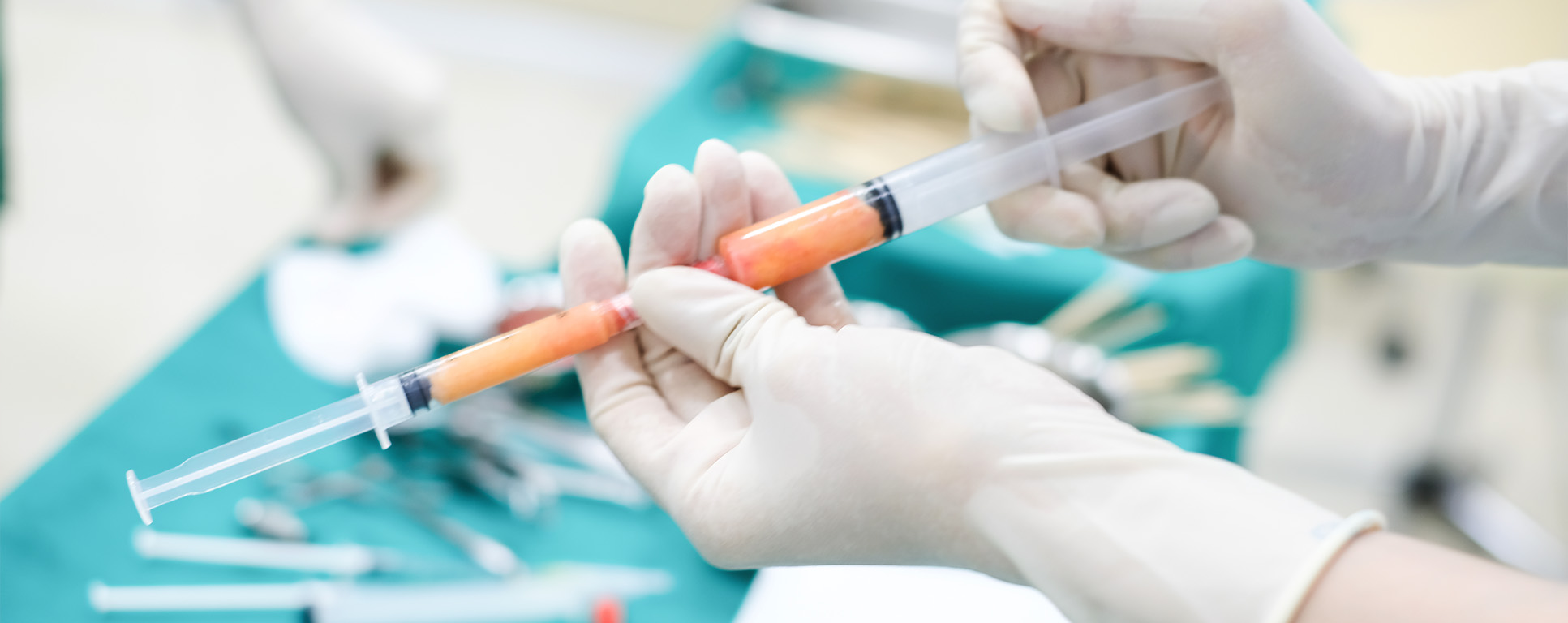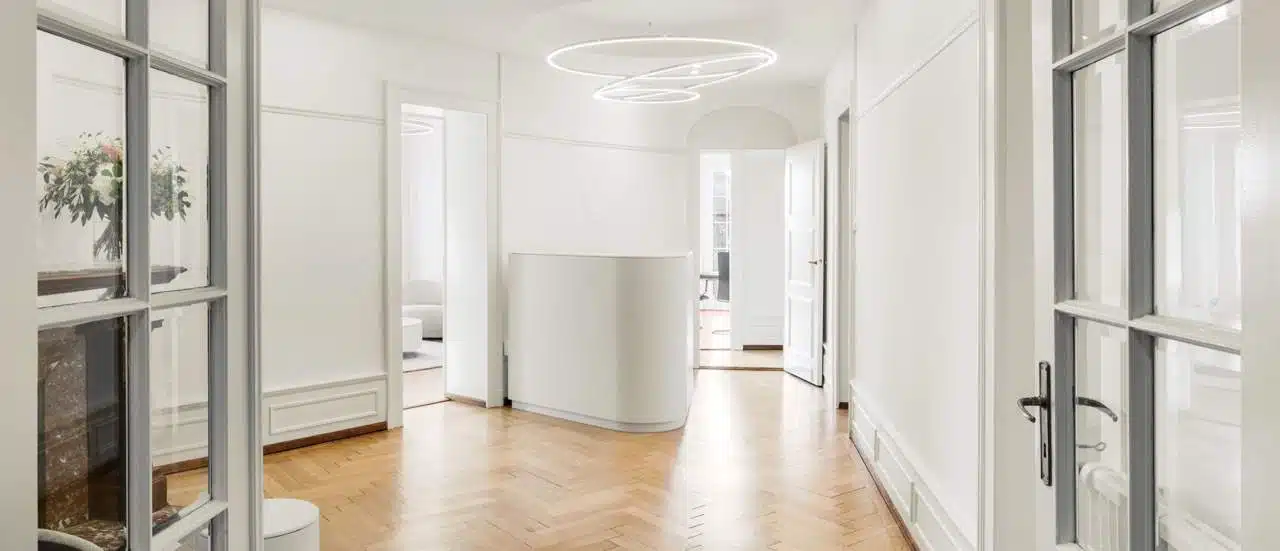Before the procedure
When you arrive at the Bellefontaine Clinic, we will check that microfat grafting is suitable for you. We will assess your weight and skin quality.
The areas from which fat will be harvested and reinjected will be carefully marked and explained to you in front of a mirror. We will also discuss the area where the small skin incisions and skin trans s will be made, as well as the precise technique used for microfat transfer.
A blood test is essential before the procedure. Smoking should be stopped three weeks before and three weeks after the operation in order to optimise fat graft take and therefore reduce the risk of resorption.
The procedure
Microfat grafting begins with liposuction to remove the fat that will be used to restore volume. The procedure is usually performed under local anaesthetic or sedation. In general, only a "small" amount of liposuction is performed to remove the fat; complete liposuction of the donor area is not necessarily performed. Of course, if the patient wishes, complete liposuction of several areas can be performed.
Once the patient is properly anaesthetised, small incisions are made in the area where the fat is to be removed. Common donor sites are the abdomen, thighs, flanks, knees and back. A thin metal tube called a cannula is inserted into the incisions to gently suck out the fat. Once a sufficient amount of fat has been removed, it is then prepared using the Tonnard and Verpaele technique to obtain extra-fine fat (microfat), which is then injected.
Once the fat has been properly prepared, a small incision is made, usually with a needle (so that there are no scars at the injection sites), and a microcannula is inserted to inject the fat. Approximately 40 to 80% survives the procedure (the rate depends on the patient), with the rest being reabsorbed by the body over time.
After the procedure
The recovery time is largely the same as for liposuction. Please read the details on our liposuction page. If only a small amount of fat has been removed, the recovery will be quicker and more comfortable. The more extensive the body contouring, the longer the recovery.
Common side effects at the microfat graft injection site include swelling, bruising, pain and numbness. Most side effects will be localised at the donor sites where the fat was removed, but slight swelling may appear on the face around the injection sites. Side effects will subside within the first two weeks, but swelling may take several weeks to disappear completely. Although results are immediately visible, patients should expect to wait approximately three months before the final results are visible.



